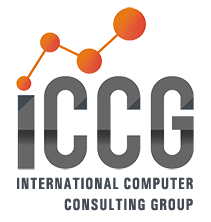In a data-driven world, navigating the challenges of today’s supply chains requires an unprecedented level of agility. This calls for supply chain tools that deliver network-wide trading partner connectivity to enable real-time visibility, demand and supply planning, and production scheduling insights.
Fortunately, modern tools deployed in an organization’s technology stack can digitally transform the supply chain, revealing new opportunities for innovation across the entire network.
At the same time, automation and advanced analytics delivered in a digital environment can synchronize production and distribution activities to match demand.
Modern supply chain challenges
Today’s supply chains are undergoing a digital transformation into more data-driven, cloud-based processes. Yet, many familiar obstacles remain: Improving visibility across siloed systems and partners with a digital network, leveraging better fulfillment and delivery processes for meeting evolving customer demands, and creating a more sustainable supply chain—from reducing waste or using materials better, to ethically sourcing goods and services. Combating these supply chain challenges begins with having the proper visibility and partner connectivity to digitize your network,
integrate your systems, and break down silos.
The network value for digitization
Modern enterprises run on data, and yet much of the data they need are stored outside their four walls: “Up to 80% of a large enterprise’s supply chain data is likely in the hands of other companies,” reports Ernst & Young. And, the volume of data is growing exponentially. This can be overwhelming to even the most successful operations—you’re not alone.
When large volumes of data are left unmanaged, locked up in silos, or spread across disparate systems and partners, data and data insights can become incredibly complex to manage, even more so when data quality is lacking or impossible to decipher. For a digital transformation of the supply chain to succeed, organizations require data strategies that will unify these complex data sets under one integrated system with the proper visibility for relevant stakeholders so the data can be properly stored, organized, analyzed, and made actionable.
To read more on Why Supply Chain Digitization Is No Longer Optional, checkout the complete best practices guide.
And, as always, contact ICCG to help provide you with insight and information. Schedule a complimentary consultation to review your questions.


